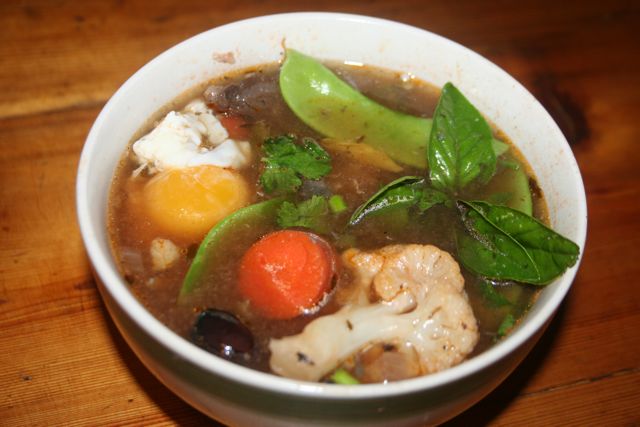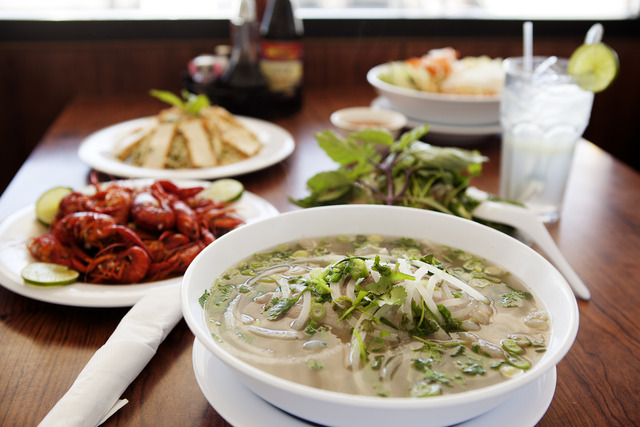Flash In The Pan: American Pho-Mance
Jump Into A Bowl Of Vietnamese Comfort


Pho and an assortment of other dishes from Pho 79
Eric Williams ericwphoto.com
Latest Article|September 3, 2020|Free
::Making Grown Men Cry Since 1992


Pho and an assortment of other dishes from Pho 79
Eric Williams ericwphoto.com
